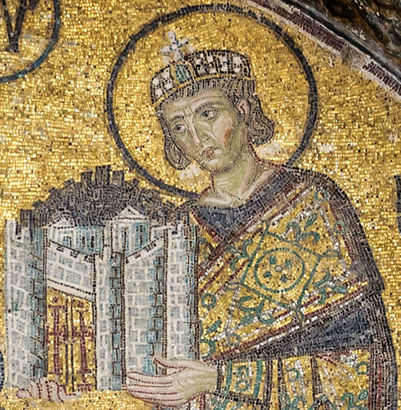posts
|
In the opening chapter of Rethinking Constantine, Glen Thompson writes an article entitled "From Sinner to Sinner? Seeking a Consistent Constantine." Dealing with the oft debated question of the sincerity of the emperor's conversion and Christian faith, Thompson (p. 5) summarizes his aims:
Seventeen hundred years after gaining control of the western Roman world, Constantine remains one of only a handful of Roman emperors whose name is still widely recognizable. This is due primarily to the new relationship that he formed between himself, the Christian church, and the empire and its legal system. Yet even some of the most basic aspects of that relationship are still hotly debated by scholars. This chapter presents a brief overview of the past several decades of Constantinian scholarship and then addresses several areas where history and theology converge and where consensus is still lacking. In particular, an Augustinian approach is used to examine the motives for and timing of Constantine’s conversion and to evaluate his Christian “walk.” The final section examines how both Christians and pagans viewed the emperor in the years following his reign, and this serves as a further check on the earlier sections. To this, I add in the book's introduction: Though approaching the issue historically, Thompson interprets Constantine's story within the Lutheran framework of simul justus et peculator--that followers of Christ (even monarchs) are righteous sinners. Read more HERE. Comments are closed.
|
Archives
November 2023
|

 RSS Feed
RSS Feed
